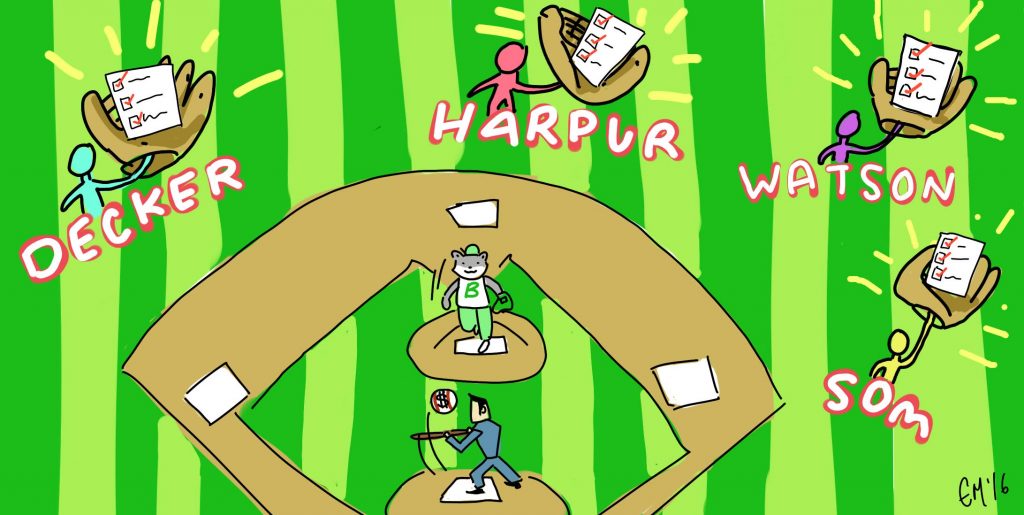Earlier this week, Binghamton University athletics announced an anonymous donation of $2.2 million earmarked to improve the baseball team’s field. The alum who made this generous contribution, like many others, is committed to improving the quality and reputation of BU.
The donation will do just that. It will add to the prestige of the athletics program and the University itself. It will provide an attractive new facility for our team, which has won the America East (AE) title in three of the past four years, to train on and host games in its conference.
Athletic programs add a sense of camaraderie and pride to any university. This is the second year in a row we have seen large contributions to athletics by individual donors — following a $1 million donation given in 2015 to update basketball facilities in the Events Center.
We hope that such a considerable donation will inspire other alumni to follow suit and aid in funding areas of BU about which they are passionate. But this contribution led us to wonder: Why don’t we see similarly sized donations to our academic programs?
The Binghamton Foundation has put careful thought into strategizing funding plans and pursuing new donors. Its funding provides almost $1.5 million per year in financial aid to BU students.
But as a public university with a limited history of donations and a comparatively small endowment, funding can fall short. There is still a sizable opportunity for improvement as the University continues toward premier.
A new baseball field is a luxury we are grateful for. But we can also identify other areas where donations are needed for BU. If the University wants to continue to bring in meaningful donations that will make our school premier, it must first determine which areas students find meaningful. Once it does so, the focus can shift to fundraising efforts designed to support those programs.
By taking steps like issuing a student survey, interviewing students or holding open forums, those in charge of fundraising can build a meaningful platform for fundraising and growth. If it completes this goal by building trust with its current students, then it will be able to create lasting alumni relationships.
Part of the problem lies in the intangibility of donations to academic programs. It’s difficult for a donor to see a concrete impact if he or she donates to a department, faculty salaries or scholarship. In contrast, a baseball field or basketball court is something that will leave an immediate, visible impact for years to come.
We are not professionals, nor are we privy to the details behind the Binghamton Foundation’s efforts. We are not looking to tell it how to fundraise or pursue donors. But as BU students, we are suggesting a method that would both involve current students and appeal to us as donors after graduation. Knowing that a potentially large-scale donation opportunity would fund an area that students identified as necessary and in need could inspire generosity among donors.
If we want to start seeing multimillion-dollar donations to our academics, the University must find a tangible and meaningful way to pitch its academic programs to alumni. To become premier, BU must first kindle a sense of pride and confidence where it matters most.



